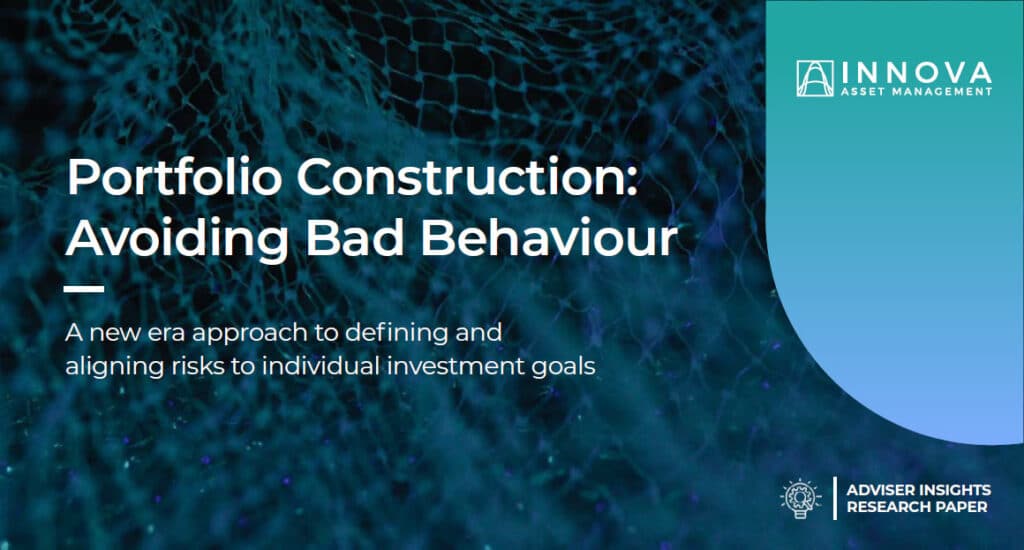Financial Economy & Real Economy
The financial economy involves markets and assets like stocks and bonds, while the real economy focuses on the production and ...

Category: Behavioural Investing
Produced as a companion to our behavioural investing podcast series with Ensombl, this white paper explores the outcomes of the poor investor behaviour that our biases can drive, and examines the ways advisors can better connect values, goals, and risk, to drive better advice outcomes.

Category: Factor investing
In this white paper, we provide empirical evidence for the mean reverting nature of outperformance in both Aussie equities and Aussie fixed income. We also discuss the role of investment styles and market factors in driving manager returns and how understanding these factors can lead to a more comprehensive evaluation of a manager’s true performance.

Category: Market updates
In our regular quarterly update, we discuss what has happened in markets for Q2 of 2025, and provide our market outlook and how this relates to our current portfolio positioning. Our quarterly update also summarises all the trades we have made over the last 12 months and our rationale for these. These are available in both PDF format and as video updates featuring Dinyar Irani and Rafio Khan
The financial economy involves markets and assets like stocks and bonds, while the real economy focuses on the production and ...
High starting valuations don’t just affect long-term returns—they also increase short-term risks and volatility. Learn how market pricing influences the ...
re today’s economic troubles signs of another Great Depression? This article explores key indicators, historical parallels, and whether the global ...
Unconscious biases and emotions often derail even the best investment plans. Financial advisers must navigate behaviors like loss aversion and ...
Unconscious biases and emotions often derail even the best investment plans. Financial advisers must navigate behaviors like loss aversion and ...
The AUD has declined 9% against the USD over the past year, primarily due to U.S. economic strength amid Australian ...
This reflection highlights the historical parallels between AI and previous technological revolutions, noting how past innovations created new industries and ...
In our regular quarterly update we discuss what has happened in markets for Q1 2025, as well as our market ...





If you would like to know more about Innova, then please contact us using the below form:
Please fill up the form below to download.
Please fill up the form below to download.
Quarterly market update | Q2 2025
In our regular quarterly update we discuss what has happened in markets for Q2 2025, as well as our market ...